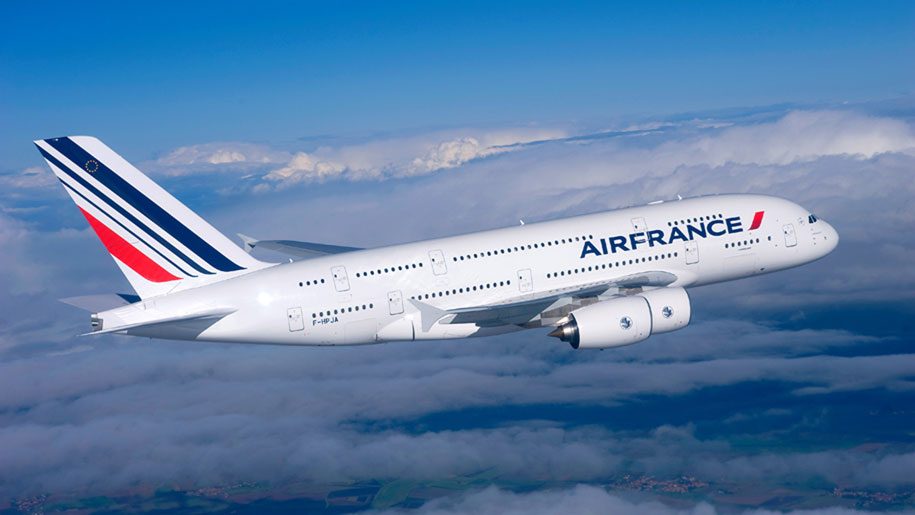
It’s been seven years since Singapore Airlines took delivery of the world’s first Airbus A380 in 2007. Since then the superjumbo has amassed 318 orders and 138 deliveries to date.
However, a closer look paints a less-than-positive picture of the A380. The superjumbo has failed to attract new airline customers for almost two years and, to make matters worse, there has been a flurry of order cancellations in recent months (see here and here).
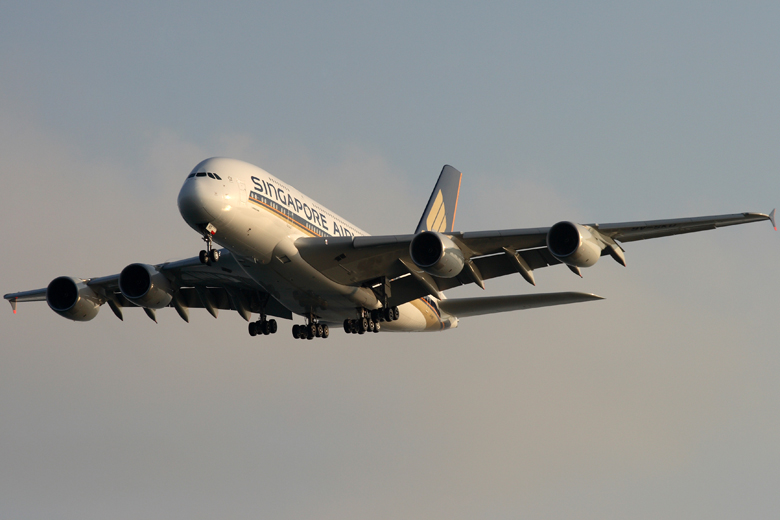
World’s first A380 operator – Singapore Airlines
While the double-decker has an official list price of US$400 million, a report by the International New York Times indicates Airbus has been succumbing to market pressure by cutting prices by as much as 50 per cent for new customers and those with add-on orders. This makes it unlikely the manufacturer will ever recover the R&D costs involved in the aircraft’s creation process.
In hindsight, the development of the A380 was a perfectly logical one for the European manufacturer. Industry trends in the late 90s and early 2000s indicated an ever-growing travel demand, leading to ever-more flights and congestion on the world’s tarmacs. The belief was that high-density aircraft such as the A380 would help to reduce strain on airports and hubs.

Emirates’ shower facility on the A380
But somewhere down the line something went wrong.
No US carriers have placed orders for the superjumbo, only one Chinese carrier operates the aircraft. Skymark, the sole Japanese carrier to order the A380, recently cancelled its order because its business model had changed and liquidity issues rendered the double-decker too costly. Qatar Airways, which was due to have received its first three superjumbos in June and July, rejected delivery due to quality deficiencies (see here).
So where did the A380 fail? Well, it did not fail. That ought to be clarified. The 318 orders worth over US$127 billion at list prices can hardly be called failure.
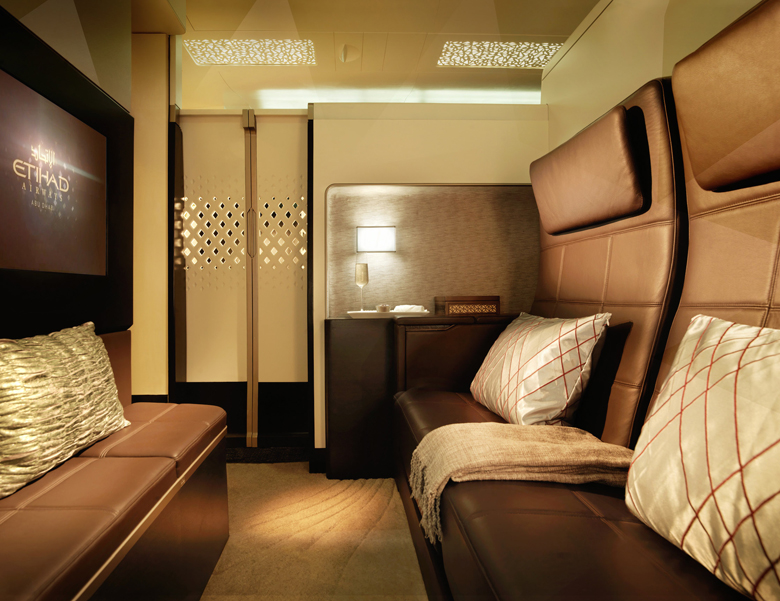
Etihad Airways – The Residence
However, there are reasons why the aircraft has not been as successful as it was supposed to be and could have been. One market that’s disappointed is the US. In an interview with the University of Pennsylvania, American Airlines (AA) chief executive William Douglas Parker gave his views on why the superjumbo has not been a success in North America:
“The A380 is more suitable for the big-hub airports which are very tight on flying schedules. However, American airports are not that tight on flying schedules. For us, increasing aircraft use frequency is more effective than buying large planes”.
Parker’s comments seem to hit a spot. If one looks at most A380 operators today, they all share the characteristics of operating out of a single hub. In contrast, most US carriers have numerous hubs spread across the country, making it challenging to adopt a business model similar to those of existing A380 operators, such as Qantas, Singapore Airlines and Emirates which pool most of their feeder traffic to be in sync with their A380 rotations.
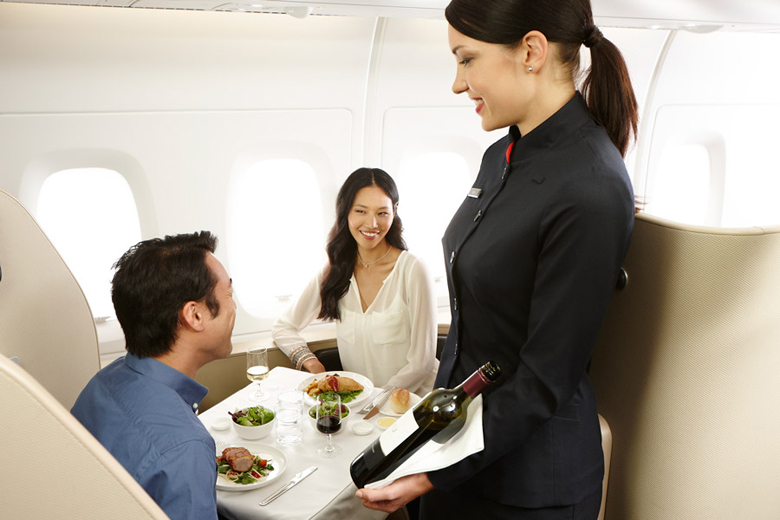
Dining on the Qantas A380
It’s not only the A380 that is faring worse than expected. Boeing’s new jumbo jet variant, the B747-8, has also had a less-than-stellar reception, with most carriers preferring to deploy it as a freighter rather than a passenger aircraft. Lufthansa and Air China are the only notable exceptions.
“[The B747-8 complements] capacity and operational costs. We operate them on routes where the A380 is too big or our Airbus A330/340 is too small,” a Lufthansa spokesperson said speaking to Business Traveller Asia-Pacific.
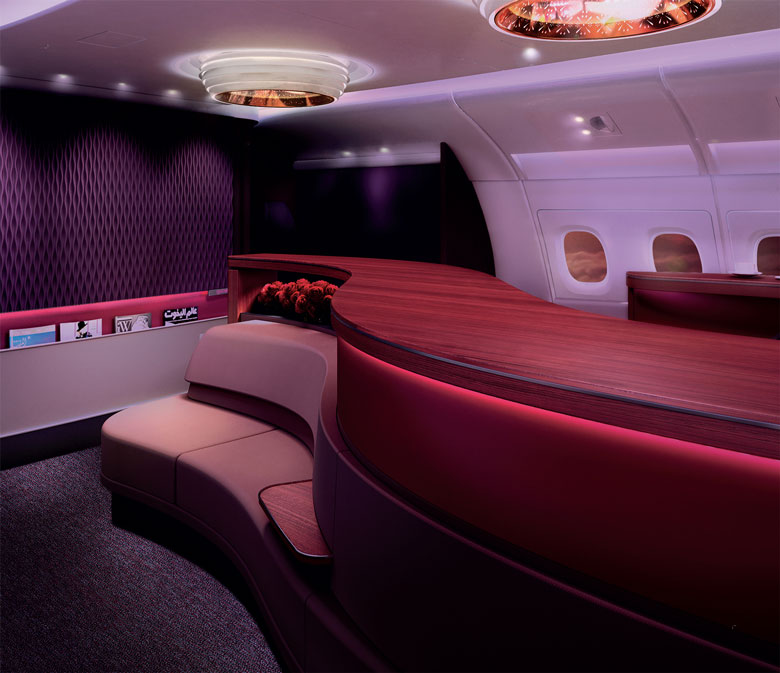
First class lounge on Qatar Airways’ upcoming A380
Another possible reason for the depressed popularity of the A380 are the costs involved in its operations, from maintenance to significant landing and parking fees at airports. Also: In order to accommodate the superjumbo, investments have to be made to airport facilities, including gates and runways. Apart from major hubs, currently most airports’ infrastructure cannot support the A380.
That said, a lot of airlines have instead seemingly recognised the benefits of deploying smaller-sized aircraft on long-haul routes. Boeing’s B787 Dreamliner is a good example for this; not only does the aircraft offer excellent fuel efficiency, but it also has a range of about 9,000 miles.
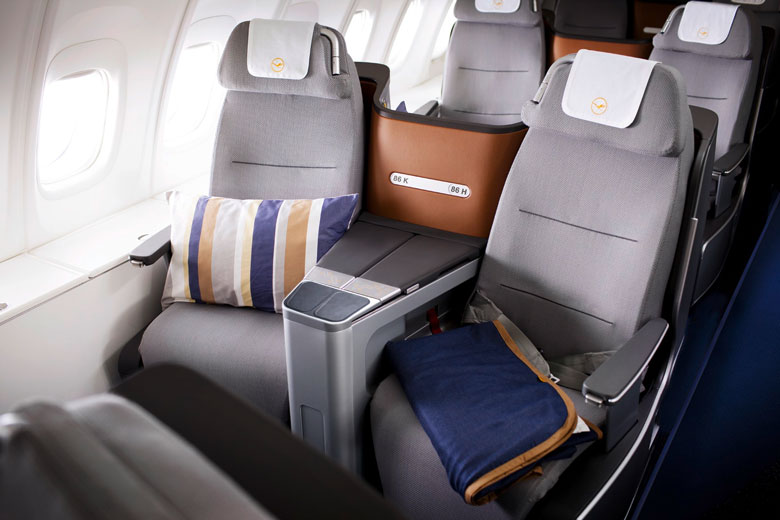
Lufthansa’s A380 business class
So there’s competition and this competition comes at a cheaper price whilst offering more flexibility. The Dreamliner comes in different variants featuring different seating capacities with a similar range than the A380. The B777-9X fares even better in direct comparison by offering a typical capacity of up to 407 seats – ironically the same seat count as on the lowest-density A380s.
By deploying smaller-sized aircraft, most airlines are therefore able to offer point-to-point services – something that the A380 is not capable of doing due to airport restrictions. Per the article by the International New York Times, travellers would rather fly direct on smaller aircraft than connecting through hubs even if this were to involve travelling on the larger (and presumably more comfortable) A380.
For more information, visit airbus.com
Clement Huang












